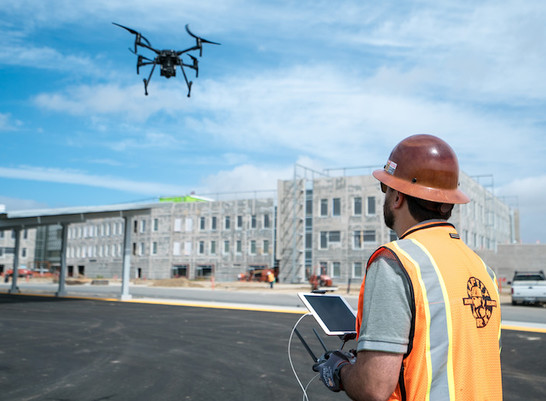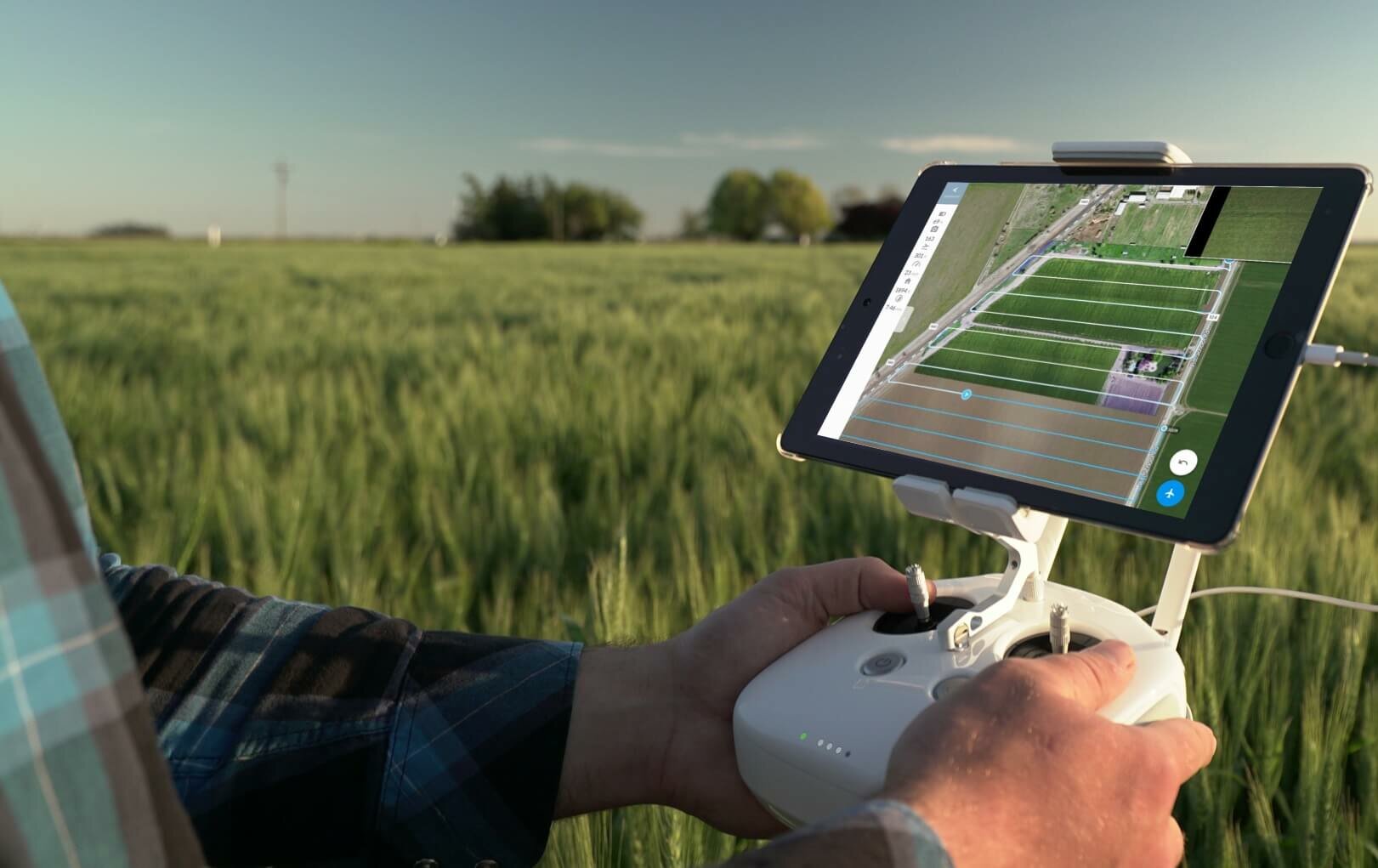
They can dramatically increase personnel safety by conducting inspections through 3D models, especially paired with multispectral imagery. Many energy companies have built infrastructure in difficult-to-reach locations, such as power lines and windmills on top of mountains. The construction industry often commissions surface and 3D models to track progress at their sites, create complex and accurate analyses of damaged buildings, and accurately calculate distances. Land surveying, once a painstaking and lengthy process, can be performed astoundingly fast using terrain models. Modelsĭigital models are a highly in-demand product across numerous industries. Interestingly, Pix4D only claims to perform at 2-5% volumetric accuracy despite several user anecdotes of considerably better results.

Both DroneDeploy and Pix4D offer the ability to perform this function instantly.Īssuming an uncomplicated base surface for the stockpile, DroneDeploy claims on its website to be capable of volume measurement accuracy within 1-2% of laser methods. In this type of survey, the dimensions of piles of loose material such as coal are measured in precise detail and the volume is calculated. One of the more common applications of commercial drone imaging is stockpile and inventory measurement. For projects where precision is paramount, Pix4D comes out on top. DroneDeploy, on the other hand, ranges between 1 cm and 5 cm accuracy even with sufficient GCPs and checkpoints.
#Drone deploy pricing software
Pix4Dmapper is a professional quality software platform, with the ability to collect survey-grade data with <1 cm accuracy. This add-on price can quickly become prohibitively expensive. Earlier iterations of the DroneDeploy app did not support multiple GCPs, however, both software platforms are now capable of processing a map with a large number of them.Īn important note here is that although DroneDeploy is capable of using GCPs, the feature is only available with either the Enterprise plan or for an additional $49 per map for Business plan users. Previously, this was an area in which Pix4Dmapper held a clear advantage due to the superior processing power of desktop applications. These visual markers are a crucial tool for increasing the accuracy of your models and maps, especially when the required measurements are non-relative. Although cloud processing has made tremendous progress in the past few years, it still falls short in a few key areas such as accuracy.
#Drone deploy pricing android
Drone Deploy, on the other hand, is an exclusively cloud-based app available only for iOS and Android operating systems. Pix4D boasts a hybrid platform that allows you to work on a project between and across devices. Local (or desktop) processing of data is the industry gold standard for accuracy and processing speed but it is less convenient than cloud processing. Then, check out how these two software platforms stack up in the areas most important to your mission. To decide which is most suitable for your business, consider the type and scope of the products you want to deliver. They do, however, have different strengths and weaknesses. Both of these programs have staunch supporters, and neither is definitively better than the other. There are two main industry leaders in photogrammetry software: Pix4Dmapper and DroneDeploy.

To process the imagery into products, however, specialized software is required. Drone pilots and business owners wanting to enter the industry will most likely already have the platforms and hardware necessary to conduct an aerial survey. Photogrammetry, also known more simply as surveying and mapping, is a highly in-demand business with a relatively low barrier to entry.

With the right altitude and software, even the ubiquitous Go-Pro cameras found across the drone industry can create marketable maps and models.

Photogrammetry, however, can be performed with nearly any digital imaging system with an intervalometer on the camera. Spectral imaging can be prohibitively expensive, with cameras carrying price tags of several thousand dollars. Of all the advantages drone use offers, however, one of the most valuable is their ability to provide multispectral imagery and photogrammetry to users of all skill sets. From supply delivery to security, drones have found utility across nearly every industry. In the past ten years, few other areas of technology have expanded quite as rapidly as that of unmanned aerial vehicles.


 0 kommentar(er)
0 kommentar(er)
